5 houseplants that will help prevent mold in your home
Try one of these handy houseplants to help prevent mold in your home
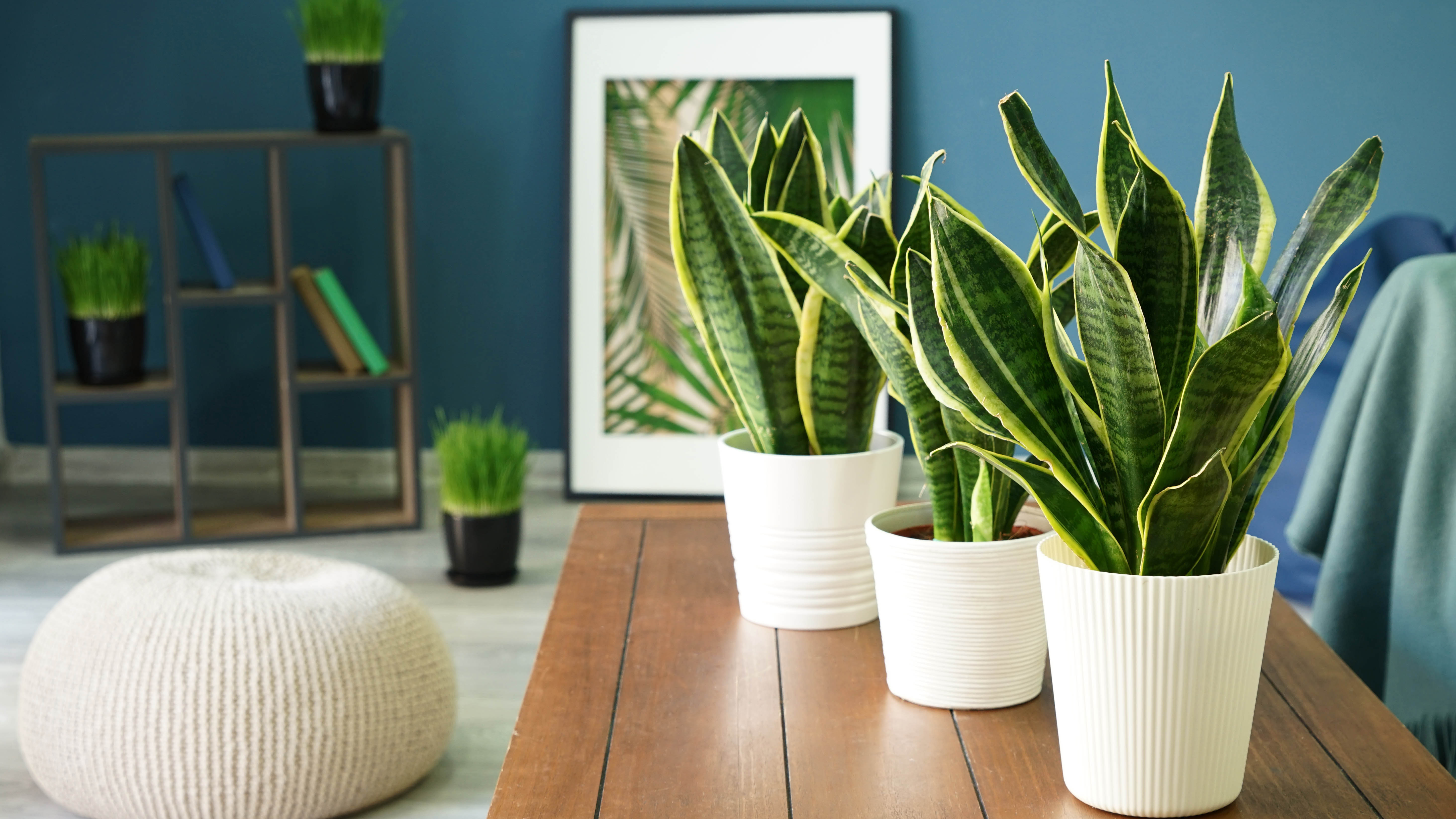
If you’re looking for alternative ways to get rid of mold in your home, you’ll be surprised to know there are certain houseplants that will help to prevent mold and mildew from forming.
While we often use houseplants to decorate our homes, plants are also known to alleviate indoor pollutants. Mold is one of the most common indoor pollutants, thriving in areas of the home where there are high levels of humidity and moisture. What’s more, if mold isn’t dealt with, spores in the air can cause serious health problems such as allergies, asthma and other respiratory illnesses.
According to gardening experts, houseplants are great natural solutions to alleviate the problem and bring moisture levels down in the air. “Mold in the home is caused by excess humidity. Warm rooms, like bathrooms and kitchens are at particular risk,” advises Chris Bonnett from GardeningExpress.co.uk. “Using plants to help keep mold at bay is a practical and natural way to control humidity and moisture in your home. How good a plant is at reducing humidity is all to do with its ability to absorb dew, fog and other moisture through its leaves. This moisture then moves down to its roots. You will notice an improvement – and you’ll have beautiful plants to enjoy too.”
In addition, if you didn’t have one of the best dehumidifiers at hand, the houseplant is a more affordable option. So if you want to keep mold at bay, without using harsh chemicals, check out these handy houseplants.
Be sure to also check out 7 surprising household items to help your plants grow.
1. Orchids
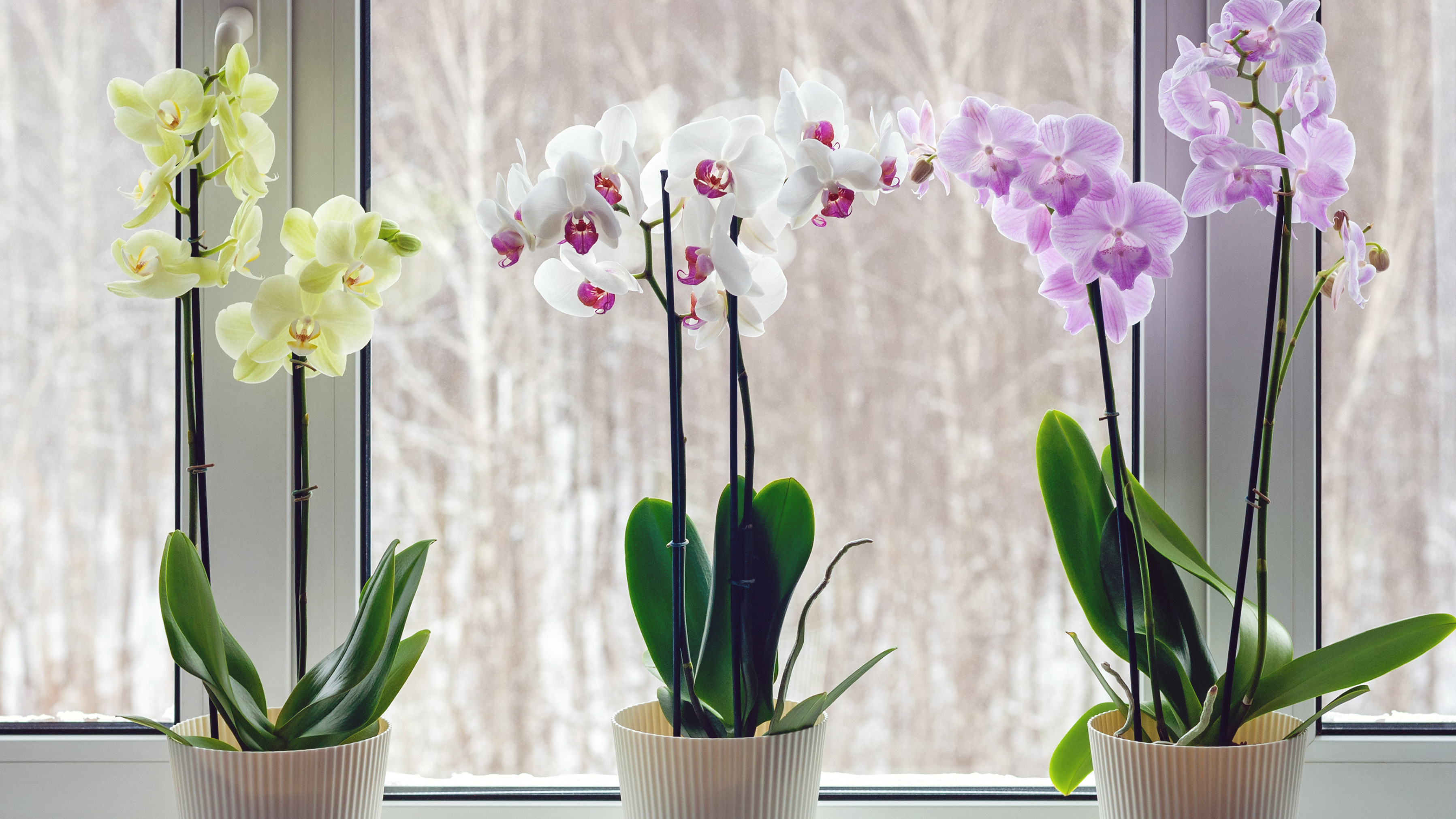
Orchids are one of the most common houseplants, and great at brightening up our home décor. But these vibrant florals are also good for absorbing moisture, and keeping down moisture levels. “Orchids also help reduce humidity in the home. They get all their nutrients and moisture from the air around them,” agrees Chris Bonnett from GardeningExpress.co.uk. Since they thrive in sunlight, it’s best to place them on a windowsill in the bathroom or kitchen, and avoid watering it too much.
To ensure your beautiful plant thrives all year, you’ll need to know how to care for an orchid, and how to get an orchid to rebloom.
Sign up to get the BEST of Tom's Guide direct to your inbox.
Get instant access to breaking news, the hottest reviews, great deals and helpful tips.
2. Peace lily
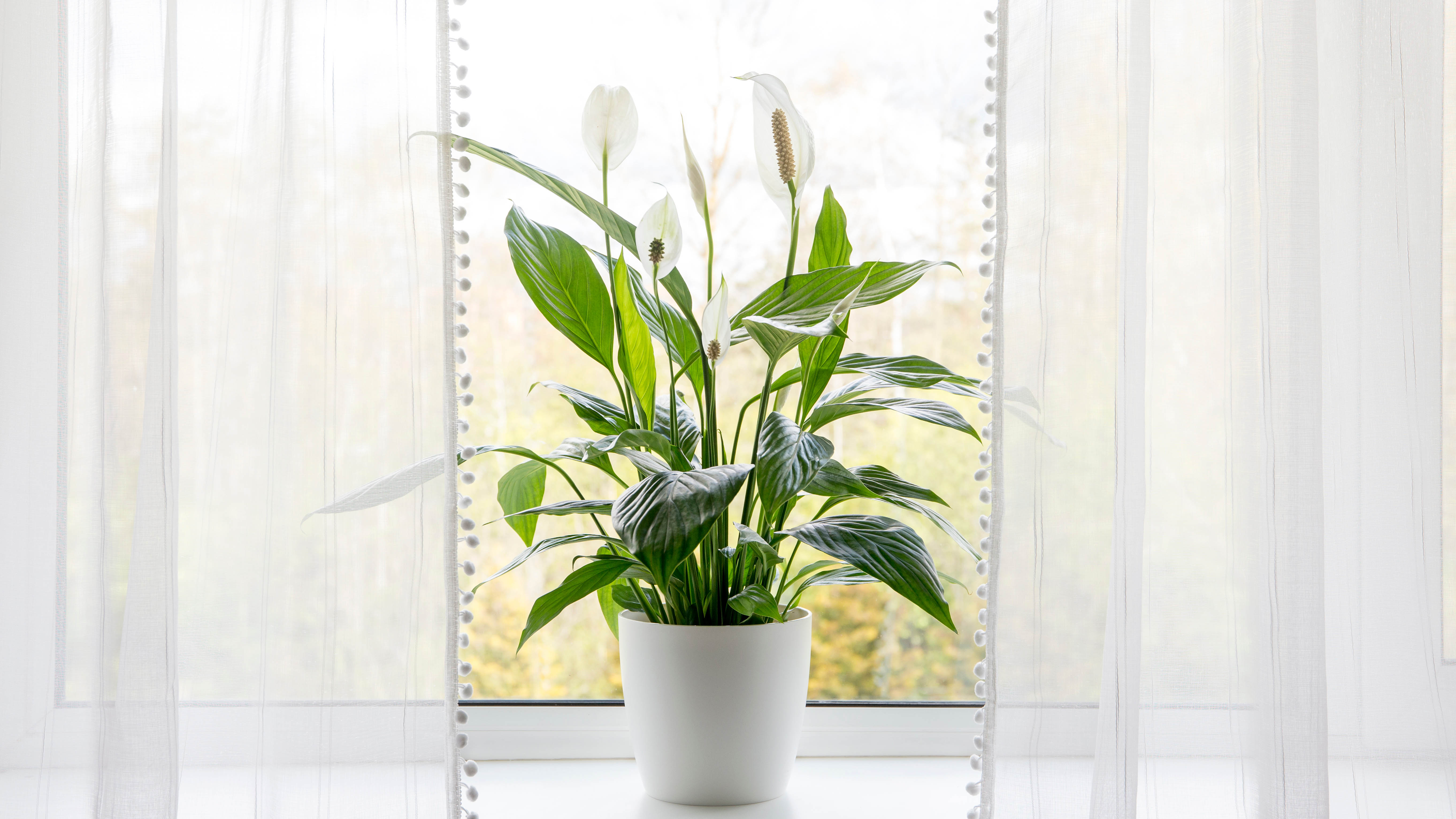
With their beautiful, white flowers, Peace Lilies are also known to absorb moisture through its leaves. This popular houseplant loves the shade and thrives in high humidity, making it the ideal choice for areas prone to mold. “It absorbs moisture through the air through its leaves and doesn’t need direct sunlight to thrive,” agrees Bonnett.
In addition, Peace Lilies are also great for those that suffer from allergies or asthma. However, this plant can be toxic to pets so be sure to keep them away. Here are some other plants that are poisonous to cats and dogs if you have pets.
3. Snake plants
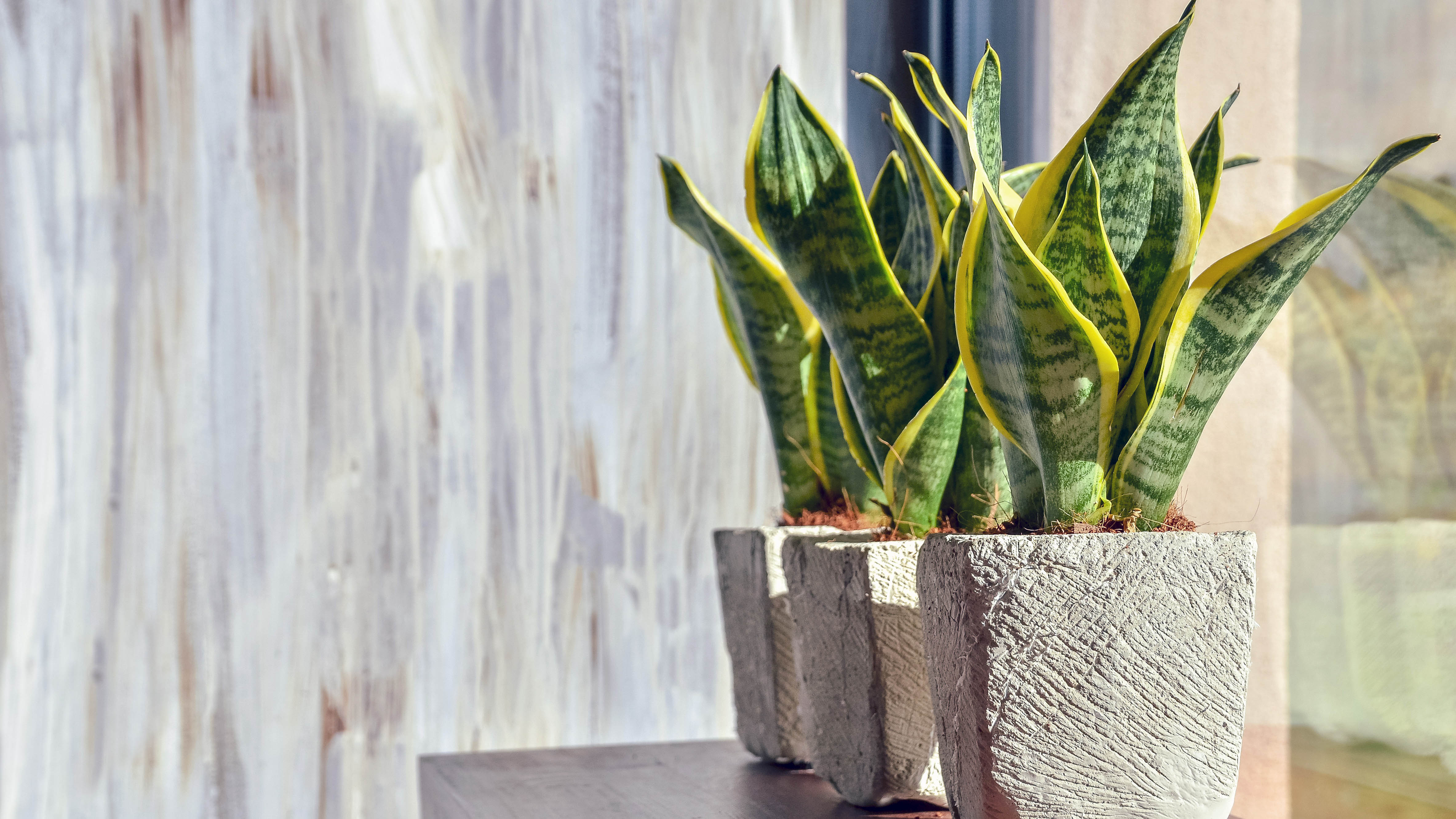
Snake plants, also known as mother-in-law’s tongue, are another popular houseplant for removing excess moisture in the home. These hardy plants are great for condensation, and grow best in bright light and warm temperatures, such as the bathroom.
Best of all, snake plants are low-maintenance, and only need watering every two weeks. In addition, these adaptable houseplants are known for filtering common household toxins, which is handy if you don’t have one of the best air purifiers.
4. Palms
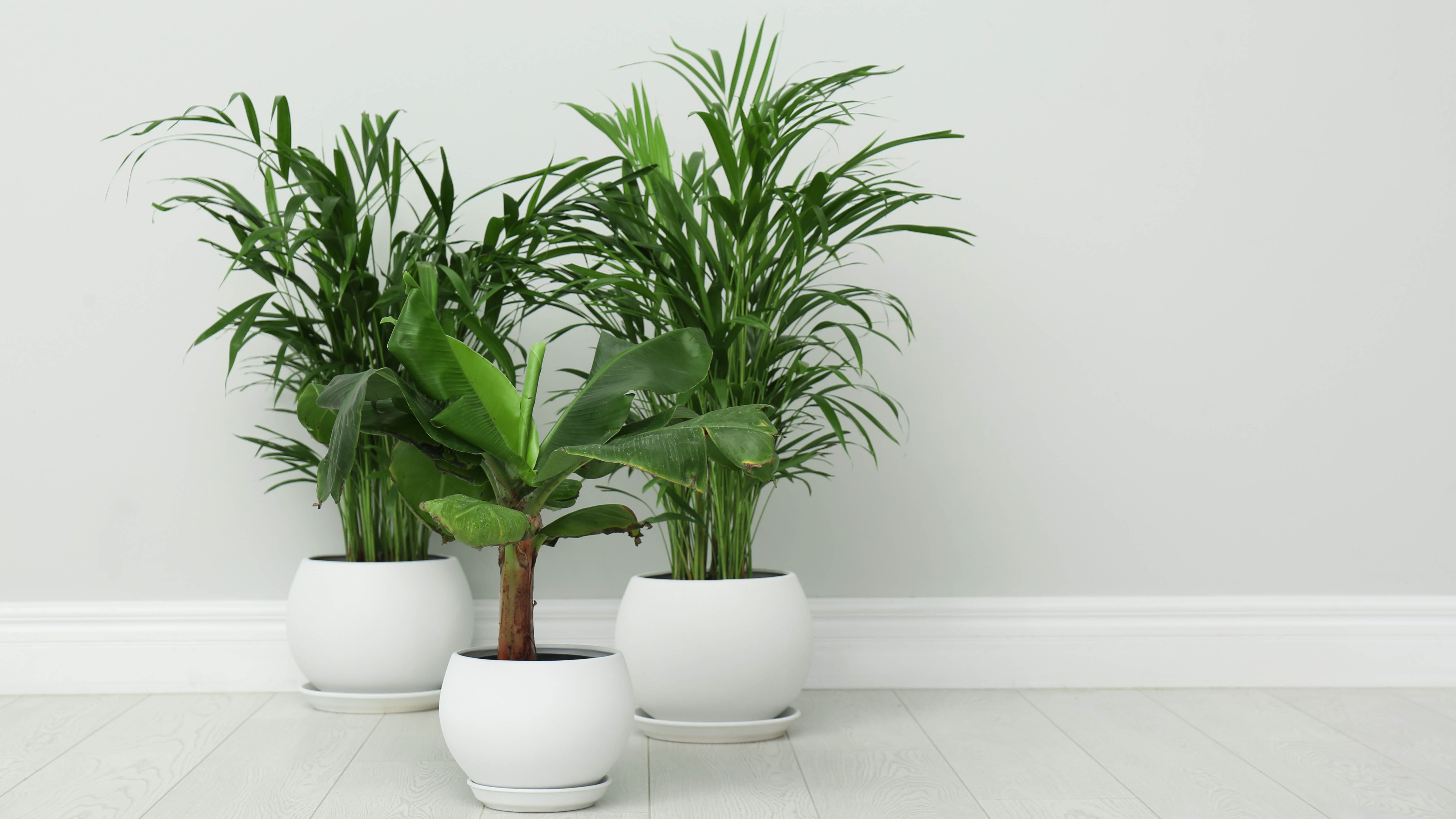
Not only do these exotic, lush leaves make a great decor feature to any room, but palms are also ideal for banishing mold. Their large leaves can absorb moisture in the air, and a NASA study also claims palms can filter large amounts of formaldehyde and other common pollutants. “Palms are a great choice to help control humidity and keep mould at bay, absorbing moisture through their leaves,” says Bonnett. “Varieties to look out for include Areca palms, bamboo palms, the lady palm, dwarf date palm and reed palm.”
5. Boston Fern
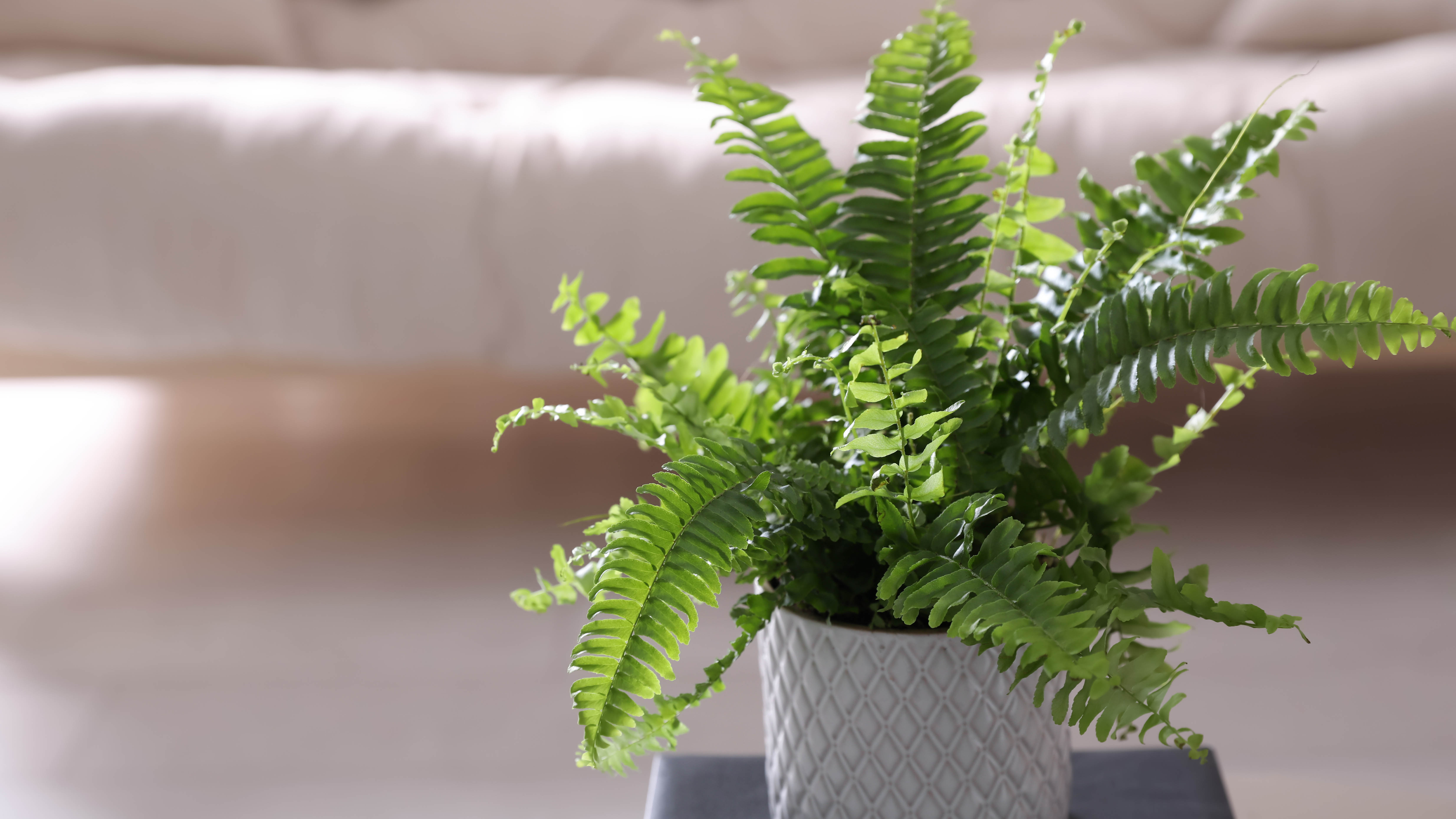
This evergreen houseplant thrives in high-humidity areas, making it perfect for preventing mold and mildew. Ideal for the bathroom, the Boston Fern grows well in low levels of light. So be sure to keep them in shady spots, or near dark corners where mold is likely to form. “The Boston Fern thrives in moist climates and will naturally absorb the air moisture and balance out humidity levels in your home,” states Bonnett, “All it needs to survive is indirect sunlight and regular watering.” Ferns also make great looking houseplants, so it’s a win-win!
Other top tips to prevent mold
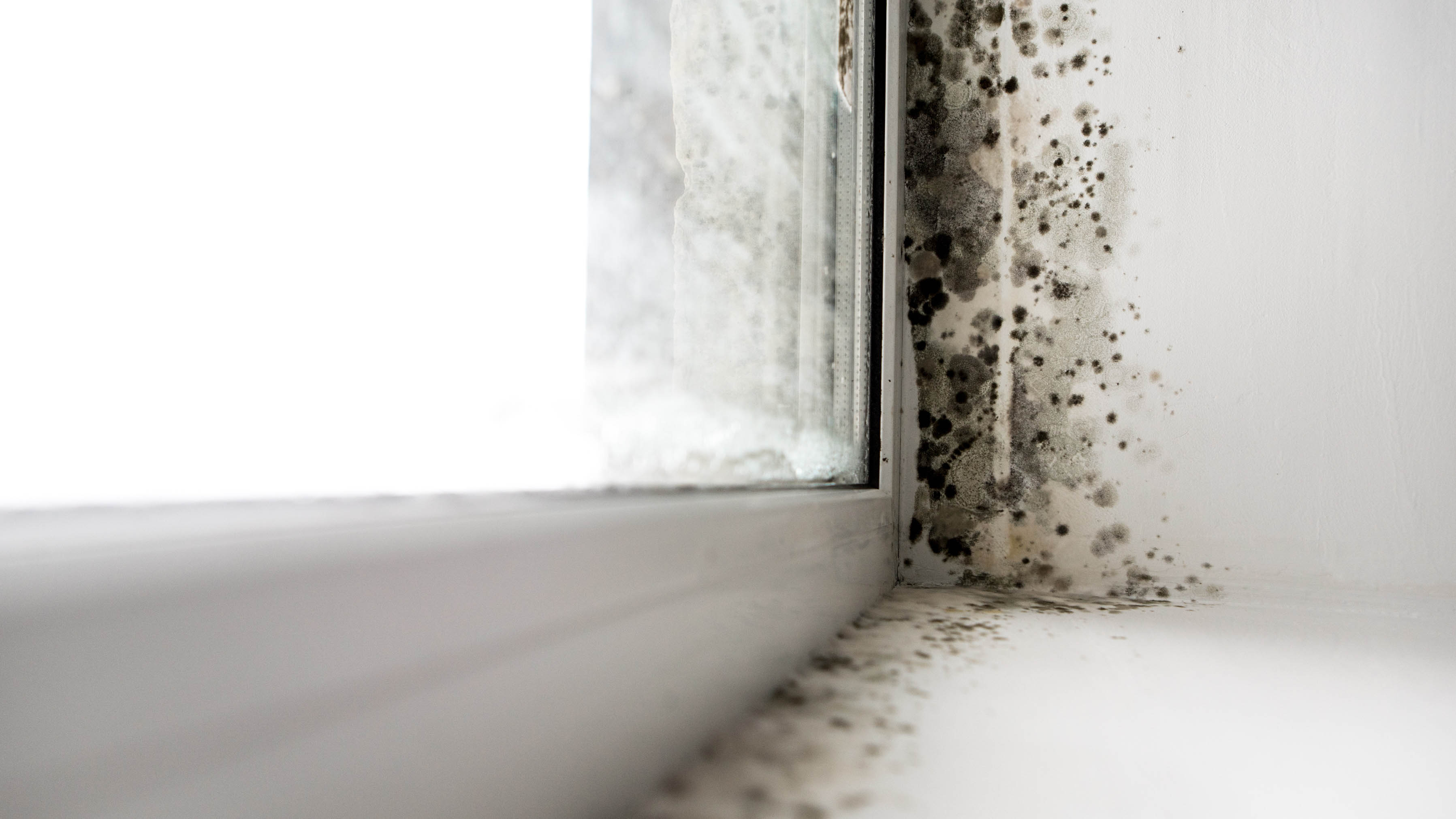
- Keep spaces with high moisture levels well-ventilated by opening windows or doors
- Be sure to repair any leaks to prevent mold spores from growing back
- If you have an on-going humidity problem, invest in one of the best dehumidifiers
- Make sure you clean out and repair any gutters to prevent moisture settling
- Before you learn how to paint a room in high moisture areas, always add mold inhibitors to the paint to prevent spores forming
In the meantime, if you don’t have one of the best air purifiers, find out whether you need an air purifier if you have houseplants. Or if you have trouble snoozing, these 5 plants could help you sleep better.

As the Homes Content Editor, Cynthia Lawrence covers all things homes, interior decorating, and garden-related. She has a wealth of editorial experience testing the latest, ‘must-have’ home appliances, writing buying guides and the handy ‘how to’ features.
Her work has been published in various titles including, T3, Top Ten Reviews, Ideal Home, Real Homes, Livingetc. and House Beautiful, amongst many.
With a rather unhealthy obsession for all things homes and interiors, she also has an interior design blog for style inspiration and savvy storage solutions (get rid of that clutter!). When she’s not testing cool products, she’ll be searching online for more decor ideas to spruce up her family home or looking for a great bargain!
